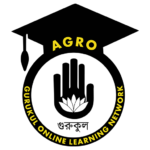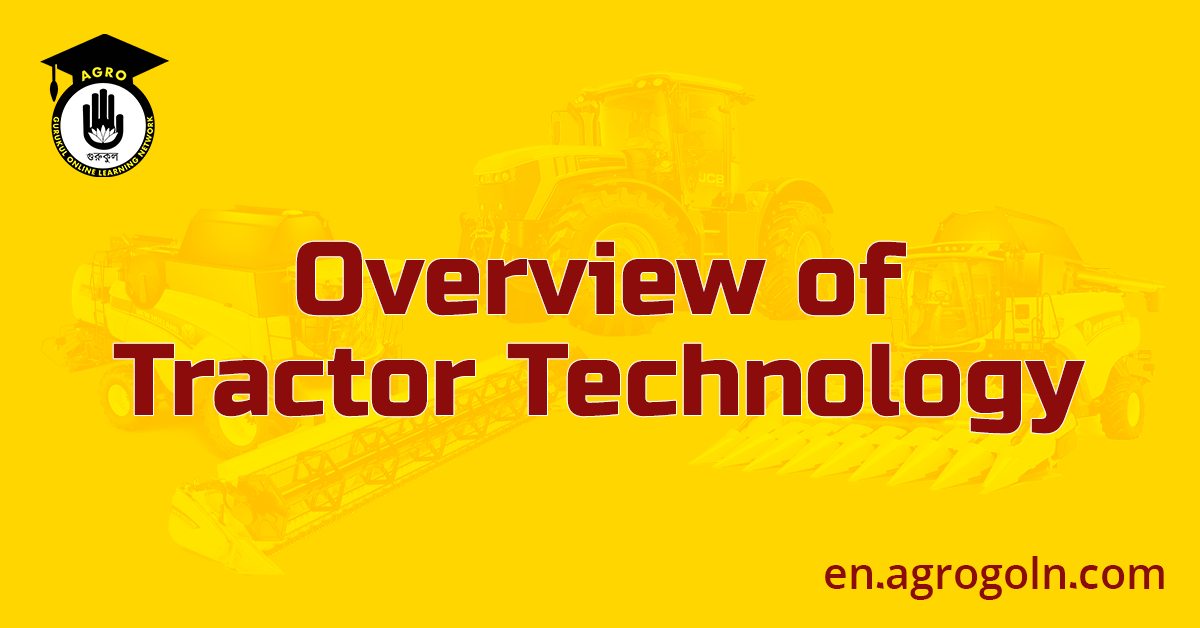Tractors are the workhorses of modern agriculture, powering the global food production industry. These versatile machines have revolutionized farming practices, increasing productivity, efficiency, and sustainability. Over the years, tractor technology has evolved significantly, incorporating cutting-edge innovations and precision farming techniques to meet the growing demands of a burgeoning world population.

Let’s discuss today on in-depth overview of tractor technology, exploring its history, design, components, types, and the latest advancements that have transformed the way we farm and paved the way for a more sustainable agricultural future.
History of Tractor Technology
The history of tractor technology dates back to the late 19th century when steam-powered engines were first adapted to agricultural use. However, it was the invention of the internal combustion engine in the early 20th century that revolutionized tractor design. The first gasoline-powered tractors, such as the Fordson Model F, emerged in the 1910s, drastically reducing the reliance on horses and oxen for farming.
Throughout the 20th century, tractors underwent significant advancements, with diesel engines becoming the preferred choice due to their fuel efficiency and torque. Hydraulic systems were integrated to power various implements, making tractors more versatile and productive. Additionally, innovations in tire technology, transmission systems, and control mechanisms further enhanced tractor performance.
Design and Components of Modern Tractors
Modern tractors are designed for efficiency, comfort, and safety, with a focus on reducing environmental impact. They consist of various components that work in harmony to provide optimal performance. Some key components of modern tractors include:
- Engine: Tractors are equipped with powerful diesel engines that provide the necessary torque and horsepower for heavy-duty tasks. Many tractors also adhere to stringent emission standards to minimize their carbon footprint.
- Transmission: Tractor transmissions have evolved from manual gears to advanced hydrostatic, continuously variable, and power shift transmissions. These provide ease of operation and allow operators to adjust speed and power output to specific tasks.
- Hydraulics: Hydraulic systems power the implements and attachments used in farming operations. They allow for precise control and quick responses, making tractors highly versatile machines.
- Cab: The operator’s cab is designed for comfort and safety, equipped with air conditioning, heating, ergonomic controls, and advanced digital displays that provide real-time data and diagnostics.
- Three-Point Hitch: The three-point hitch system allows for easy attachment and detachment of implements, ensuring efficient use of time during field operations.
- Power Take-Off (PTO): The PTO transfers engine power to drive implements such as rotary tillers, harvesters, and balers, making tractors multifunctional and adaptable to various tasks.
Types of Tractors
Tractors come in various sizes and configurations, each suited to specific farming operations. Some common types of tractors include:
- Row Crop Tractors: These tractors are designed for working in rows of crops with adjustable wheel widths to accommodate different row spacing. They are commonly used in cultivating crops like corn, soybeans, and cotton.
- Utility Tractors: Utility tractors are versatile machines used for general farm tasks, such as mowing, tilling, and moving material. They are ideal for small to medium-sized farms and landscaping applications.
- Orchard Tractors: Orchard tractors are compact and maneuverable, specially designed for working in tight spaces like fruit orchards and vineyards. They have a low profile to prevent damaging trees and plants.
- Track Tractors: Track tractors utilize rubber or steel tracks instead of wheels, providing superior traction and reduced soil compaction. They are commonly used in heavy tillage and other challenging field conditions.
- Articulated Tractors: Articulated tractors have a pivoting joint that allows them to navigate tight turns and uneven terrain with ease. They are suitable for large-scale farming and heavy-duty tasks.
- Sub-Compact Tractors: Sub-compact tractors are smaller in size and ideal for residential or hobby farming, landscaping, and light-duty tasks.
Advancements in Tractor Technology
Recent advancements in tractor technology have significantly improved efficiency, precision, and environmental sustainability in agriculture. Some key innovations include:
- Precision Farming: Precision farming techniques use global positioning systems (GPS) and sensors to collect real-time data on soil conditions, moisture levels, and crop health. This data is used to optimize planting, irrigation, and fertilization, reducing waste and increasing yields.
- Autonomous Tractors: Autonomous or self-driving tractors are equipped with advanced GPS, artificial intelligence, and computer vision technologies. These tractors can operate without human intervention, following pre-programmed routes and avoiding obstacles.
- Electric and Hybrid Tractors: Electric and hybrid tractors are emerging as sustainable alternatives to traditional diesel-powered machines. They produce lower emissions, reduce fuel costs, and have the potential to play a significant role in achieving carbon neutrality in agriculture.
- Smart Implements: Tractors are now compatible with a range of smart implements and attachments. These implements can adjust their settings based on real-time data, optimizing performance and reducing input waste.
- Telematics: Telematics technology enables remote monitoring and diagnostics of tractors, providing valuable data on machine health, fuel consumption, and maintenance needs.
- Data Integration: Tractors are now equipped with data integration capabilities, allowing seamless communication between tractors, implements, and farm management software. This integration streamlines operations and enhances decision-making.
Challenges and Opportunities
While tractor technology has made significant progress, it still faces several challenges. These include the need to balance increased productivity with environmental sustainability, address the rising costs of technology adoption, and ensure that smaller farmers have access to modern machinery.
However, tractor technology also presents numerous opportunities to drive sustainable agriculture. Precision farming techniques can reduce resource use and improve crop yields. Electric and hybrid tractors can contribute to a greener and more carbon-neutral farming sector. Autonomous tractors have the potential to address labor shortages and improve operational efficiency.
Conclusion
Tractor technology has come a long way from its humble origins, transforming agriculture into a highly productive and efficient industry. From steam-powered engines to autonomous electric machines, tractors have continuously evolved to meet the demands of a changing world.
As the global population continues to grow, and the need for sustainable food production becomes more critical, tractor technology will remain at the forefront of agricultural innovation. With continued advancements in precision farming, autonomous systems, and sustainable energy sources, tractors will continue to play a pivotal role in ensuring food security and shaping the future of agriculture.
